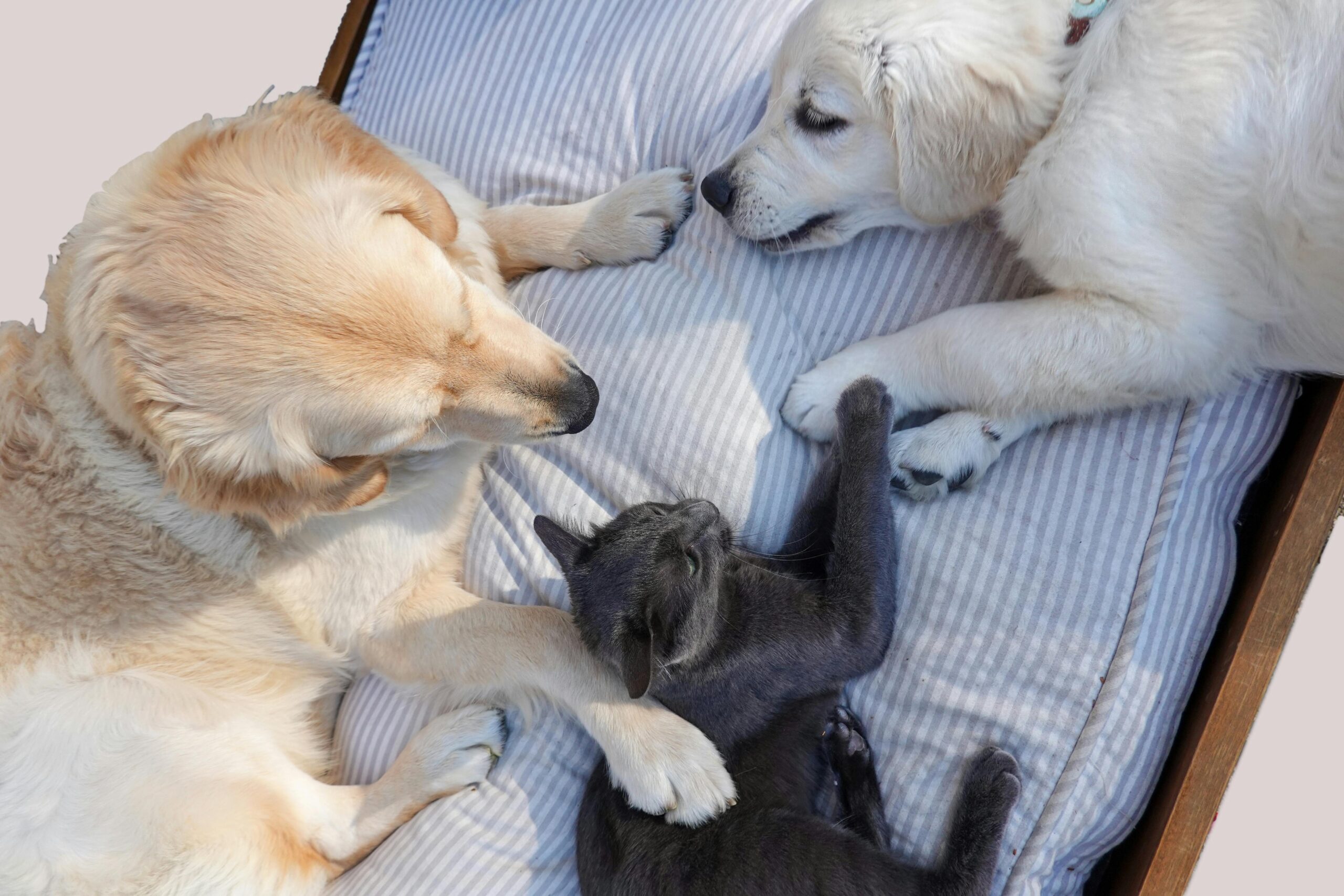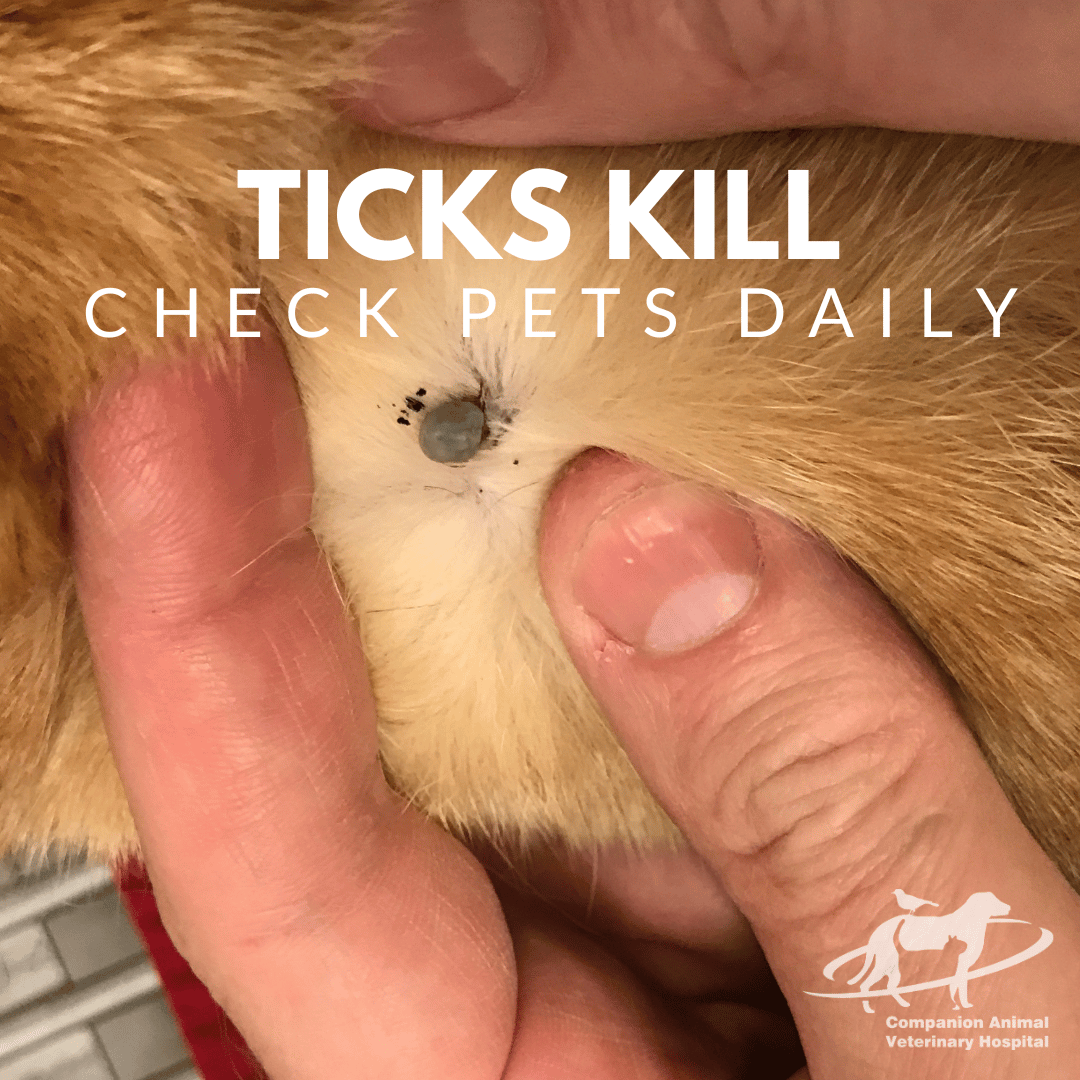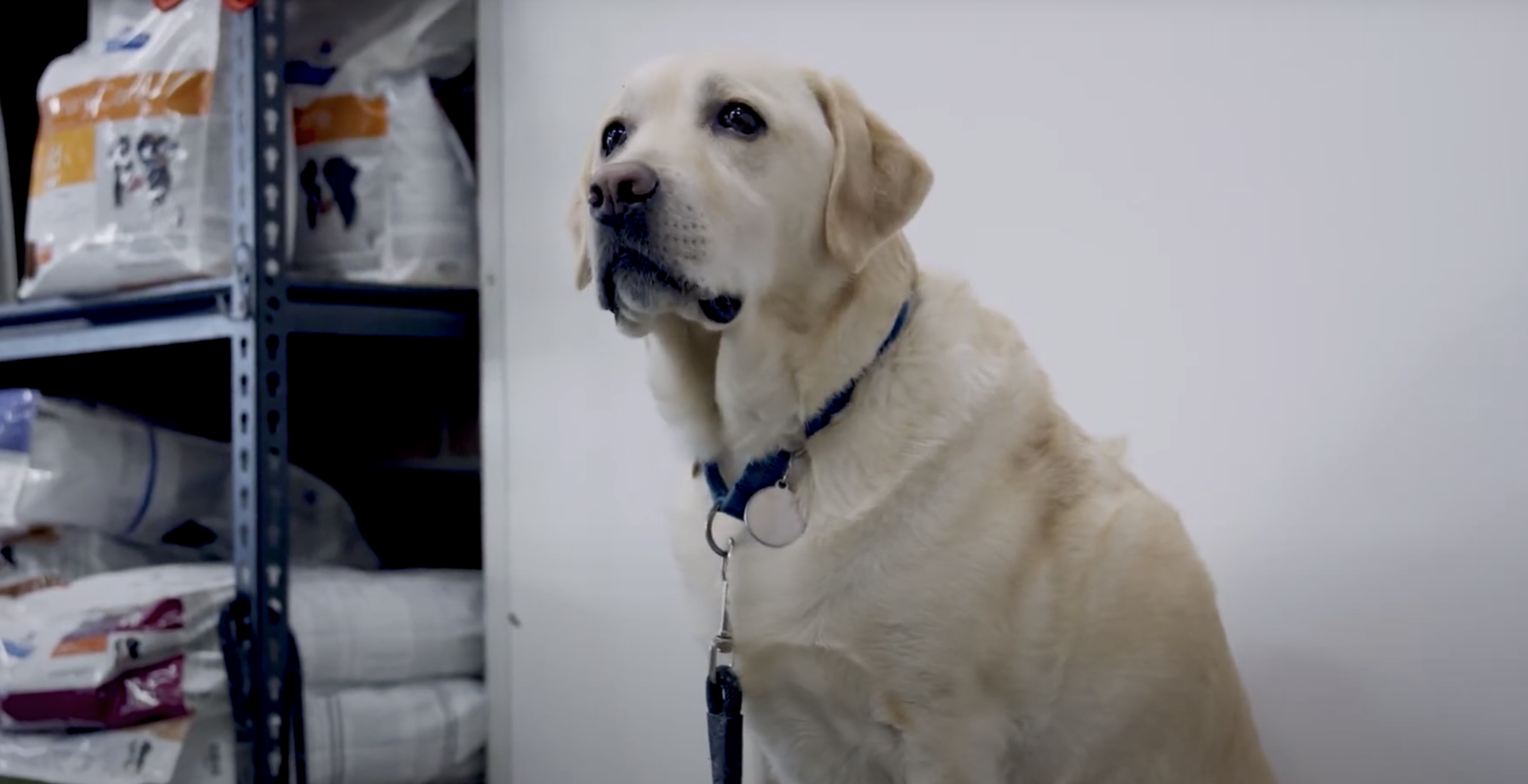This isn't an article on rats, at least not directly, we will have to cover those little critters in another post. It's is about a parasite that they harbour called Angiostrongylus cantonensis – the rat lungworm – and it's effects on pets and people.
The primary host for the parasite are black and brown rats. However for the parasite to reproduce, the larvae must pass out of the rat in the faeces, then be ingested by a snail or slug (yep) where it further develops and can then infect another rat when the snail is eaten. This all seems very complicated and unlikely but the parasite has moved from Brisbane, where it was first identified in Australia in the 1970s, to now extending south to Jervis Bay in NSW, so it must work ok.
All this is not great news for rats, clearly, but the story doesn't end there. If an infected snail is eaten by another animal, a possum, flying fox, bird, dog or rarely a human (cats seem to not eat snails and slugs much) the results can be disastrous. The parasite will continue to develop, sometimes moving to the spinal cord and migrating to the brain. As well as being excruciatingly painful, the end result can be meningitis resulting in permanent brain damage or death.
Steps you can take
- Control rats and snails/slugs around the house. This can have its own risks and needs to be done carefully.
- Remove food bowls from outside to prevent night time snail raids.
- Wash hands before eating
- Wash garden produce
- Prevent children from touching snails, slugs and slime
- Don't eat raw snails or slugs – cook them (or just don't eat them).






